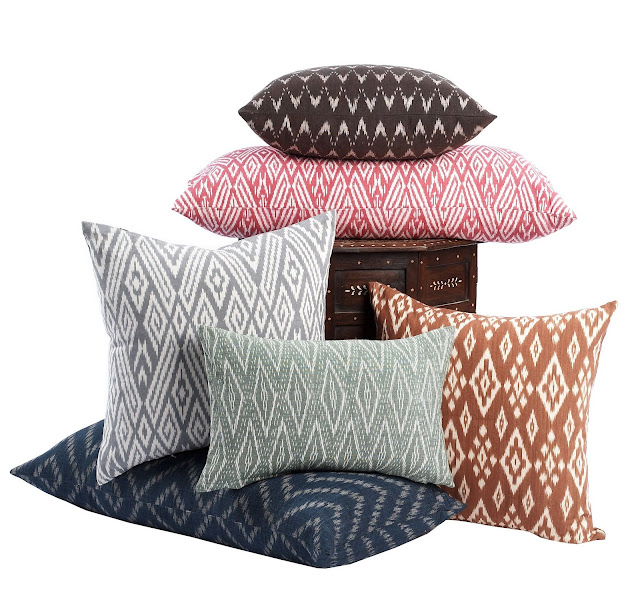VF: Which person/designer has most influenced your design philosophy?
WP: Early in my career I was fortunate to work in New York for a well known architect, Robert Stern. In addition to his exceptional design talent, Stern was a very fine architectural historian and generous with sharing his knowledge and ideas. Another person who comes to mind is John Saladino. I have been a fan of his for a number of years. Saladino's interior design work is grounded in history and architectural principles. The work of both of these men is based in classical design; which they apply to other styles whether modern, post modern or traditional.
VF: How do you feel about the current trend for modern?
WP: I was trained in modern architecture at the University of Texas. We "cut our teeth" on Mies, Le Corbusier and Frank Lloyd Wright. It is interesting to see a new generation discovering modernism again. The trick with modernism is that it must be done very well or it can look cheap. Good modern design implementation is more expensive to execute than traditional. I urge clients to look at classic furniture designed by Breuer, Eames, van der Rohe and Le Corbusier. Personally I like to see modern interiors with a few antique and traditional accents incorporated.
VF: In your view, what makes a room memorable?
WP: What makes a room memorable for me can be one of several things; monumental size, exceptional color palette, or I think a space can be memorable when all of the parts are balanced perfectly and no one element is striking.
VF: I agree with you about the importance of balance in achieving a harmonious feeling. Too often we are tempted to add something that may be wonderful on its own, but does nothing to enhance the space as a whole. I think it's about practicing restraint.
VF: What public spaces do you find inspiring?
WP: As an interior designer I am most inspired by grand scale in public places. There are a few on the UT campus that fill the bill, such as the library in Battle Hall. The Capitol Rotunda is another that comes to mind. Beyond our boundaries, the front salon of the old Paris Opera House, the Sistine Chapel and Grand Central Station. As for exterior spaces, I really like parks and squares that are well defined, like Gramercy Park in New York City, or my favorite in the world, Place des Vosges in Paris.
Place des Vosges-Paris
VF: Do you have favorite color palette?
WP: My leaning is toward a neutral palette with color accents. For the most part that comes from nature. I like to look outside an interior space, noting the colors and bringing them into the interior in the same ratio. An example would be the soft hues of the sky with various muted greens, grays and other background shades, using accent colors as if they were flowers. I like shades that dance between two colors. My favorite is robin's egg blue, which is in between blue and green, and not completely from one family or another.
VF: What are your "go to" classics that elevate a space?
WP: Color is well-established as the way to change a space. Also I think window treatments are an element that can provide "more bang for the buck." Whether glamorous or subtle, they make a significant statement. Beautiful art, of course, can take a simple room to a whole new level.
VF: What are some of the decorating mistakes most people make?
WP: If I had to choose one mistake that I most often notice, it would be the incorrect use of scale. It usually manifests itself in the use of overly large furniture in small spaces. This applies to the scale of fabric pattern, as well as the architectural details of a room; such as moldings, woodworking and window sizes.
VF: William, thanks for sharing your thoughts and insight. I hope you will feel free to comment on future blogs-you're welcome any time.
Contact Info
William Parker
(512) 495.9818
william@parkerinteriors.com















